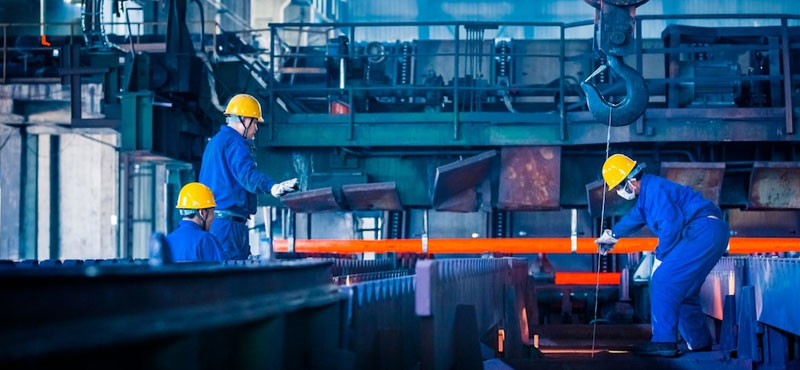The mobile digital workforce platform offers efficiency, control, and predictability built into the plant operations, no matter the workforce’s size. They leverage process and technology applications that help eliminate paperwork, reduce non-productive work, create a safe work environment, automate workflows, and improve efficiencies – ultimately saving money.
For operations, the use of digital tools, wearables, and mobility-enabled solutions helps prioritize, manage, support, and automate high-frequency operator work tasks to transform field operations’ efficiency and safety. Use cases include the creation of configurable forms and checklists, and safety and field audits.
For maintenance, digital technology’s workforce connectivity will transform maintenance processes in the field across the asset life-cycle. It’ll do this by using wearables and mobility-enabled solutions to manage and execute tasks such as work orders, in-field asset data management, and workflow improvements between workers, crews, and sites.
For shutdown/turnaround, digital turnaround solutions will help asset-intensive companies minimize downtime during planned shutdowns and turnarounds, while also realizing the opportunities they present to undertake mandatory inspections, maintenance, improvement, and expansion tasks that can’t be carried out when a facility is online. Workforce connectivity will also help companies manage the associated safety risks through integrated worker tracking and monitoring.
For capital projects, the combination of workforce connectivity and digital capital projects solutions will enable companies to deliver more excellent value from projects at a higher speed. These benefits will be driven by better control, reduced time to market, minimized budget variances, and improved asset performance. Simultaneously, better management and execution of field construction and commissioning tasks will boost safety and efficiency.

